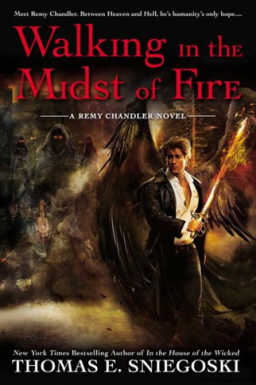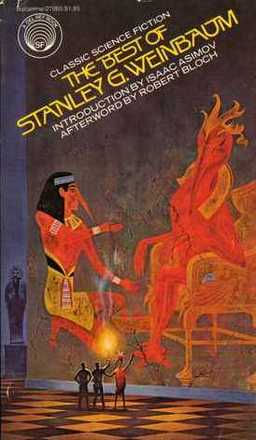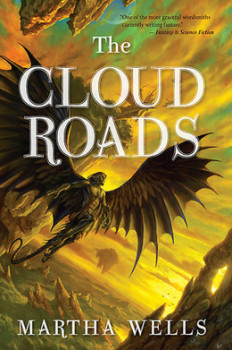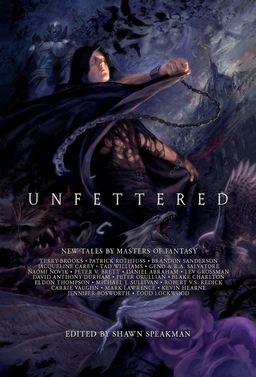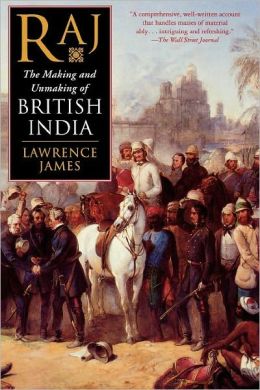New Treasures: The Best British Fantasy, edited by Steve Hayes
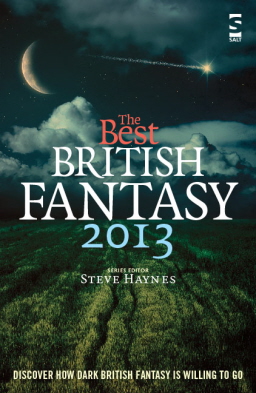 If you’ve been reading this site for more than, say, ten minutes, you’re probably aware that I’m a big fan of anthologies. And I’m especially fond of the Best of the Year anthologies.
If you’ve been reading this site for more than, say, ten minutes, you’re probably aware that I’m a big fan of anthologies. And I’m especially fond of the Best of the Year anthologies.
It’s definitely that time of the year. Jonathan Strahan’s The Best Science Fiction and Fantasy of the Year, Volume Seven, was released in May (we covered it here), and Rich Horton’s The Year’s Best Science Fiction & Fantasy 2013 Edition arrived on July 10 (here).
Gardner Dozois’s The Year’s Best Science Fiction: Thirtieth Annual Collection was published on July 23, and Paula Guran’s The Year’s Best Dark Fantasy & Horror: 2013 Edition will debut on August 20. The other major contender, David G. Hartwell’s Year’s Best SF 18, has been delayed to December.
And now there’s a new kid on the block. Newcomer Steve Hayes has assembled a promising volume dedicated to the best in British fantasy, including tales from Mark Morris, Lavie Tidhar, Steph Swainston, Lisa Tuttle, and many more. If I had to guess, I’d say the contents run towards the Dark Fantasy side of the spectrum, just based on the subtitle at the bottom: Discover How Dark British Fantasy is Willing to Go. Here’s the complete description.
From the post-apocalyptic American West to the rural terror in New Zealand, this major anthology has evil spirits, bin-Laden style assassinations, steampunk, sexual dysfunction, a twisted version of Peter Pan, the folklore of standing stones, mermaids, alien tour guides, zombies, gruesome beasts, voice-controlled police states, environmental disasters and off world penal colonies. Unmissable.
Featuring (among others) Simon Bestwick, Joseph D’Lacey, Cate Gardner, Carole Johnstone, Tyler Keevil, Kim Lakin-Smith, Alison Littlewood, Cheryl Moore, Mark Morris, Adam Neville, Lavie Tidhar, Sam Stone, Steph Swainston, E.J. Swift, Lisa Tuttle, Simon Unsworth, Jon Wallace.
It contains a great many stories from names I’m unfamiliar with, which isn’t a bad thing. I’m always on the lookout for new talent, and this seems like a great way to discover it.
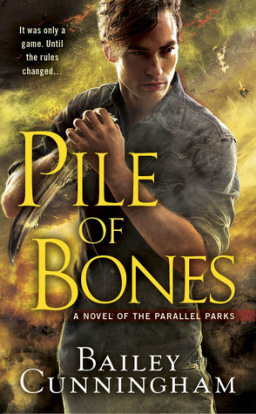
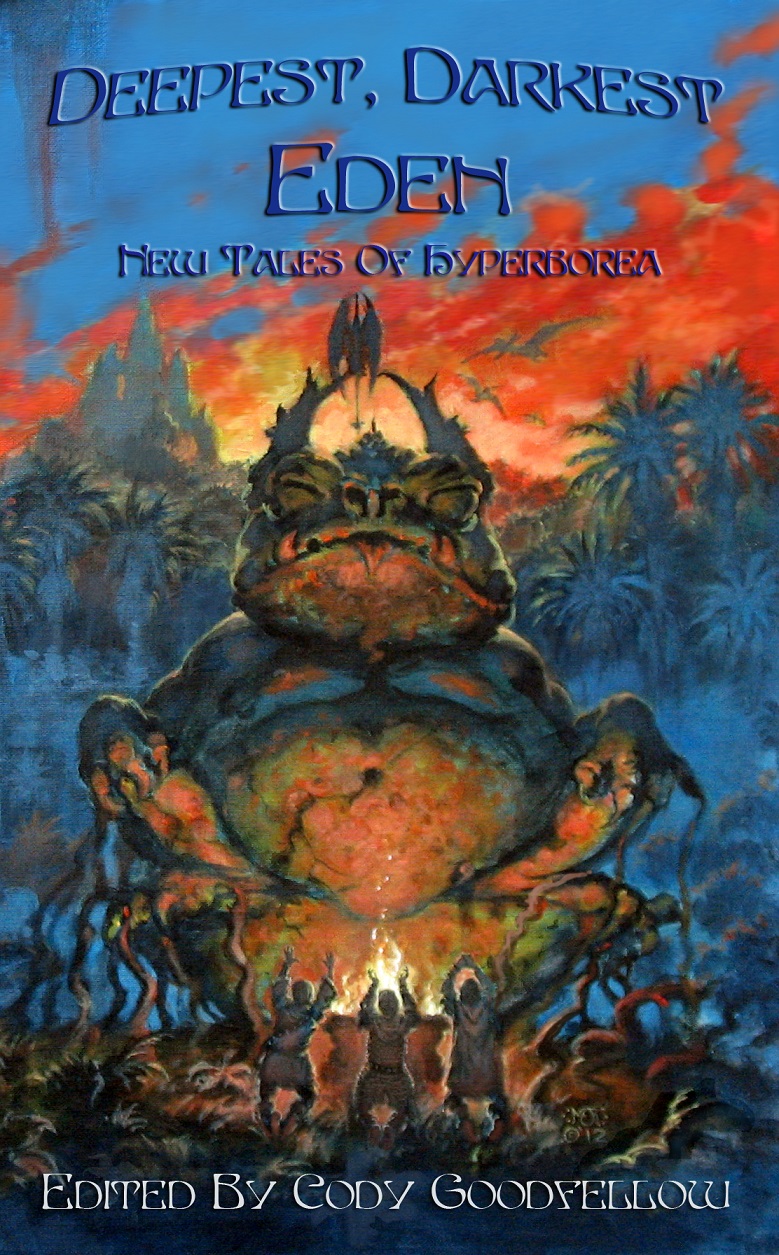
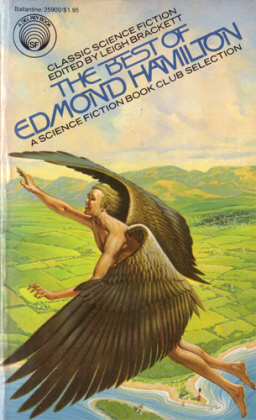
 A few years ago, a cat came to live with me under unexpected circumstances. (This is getting around to a look at a fantasy novel, and no the novel has nothing to do with cats as such, and yes I have a point.) I’d never had a pet when I was young, so I suddenly found myself dealing with a new range of experiences and emotions; and found also that the depictions in most media of relationships between pets and their humans were notably lacking. There’s a complexity of living with, and to an extent being responsible for, a non-human animal. You have to learn about (and sometimes worry about) diet and medical needs and what certain behaviour patterns mean. You have to learn how to communicate with a creature that does not use words — but which may be surprisingly good at understanding emotions in a voice. These sort of things are rarely shown in most stories about humans and animals, but they’re a crucial part of the experience of dealing with a pet.
A few years ago, a cat came to live with me under unexpected circumstances. (This is getting around to a look at a fantasy novel, and no the novel has nothing to do with cats as such, and yes I have a point.) I’d never had a pet when I was young, so I suddenly found myself dealing with a new range of experiences and emotions; and found also that the depictions in most media of relationships between pets and their humans were notably lacking. There’s a complexity of living with, and to an extent being responsible for, a non-human animal. You have to learn about (and sometimes worry about) diet and medical needs and what certain behaviour patterns mean. You have to learn how to communicate with a creature that does not use words — but which may be surprisingly good at understanding emotions in a voice. These sort of things are rarely shown in most stories about humans and animals, but they’re a crucial part of the experience of dealing with a pet.